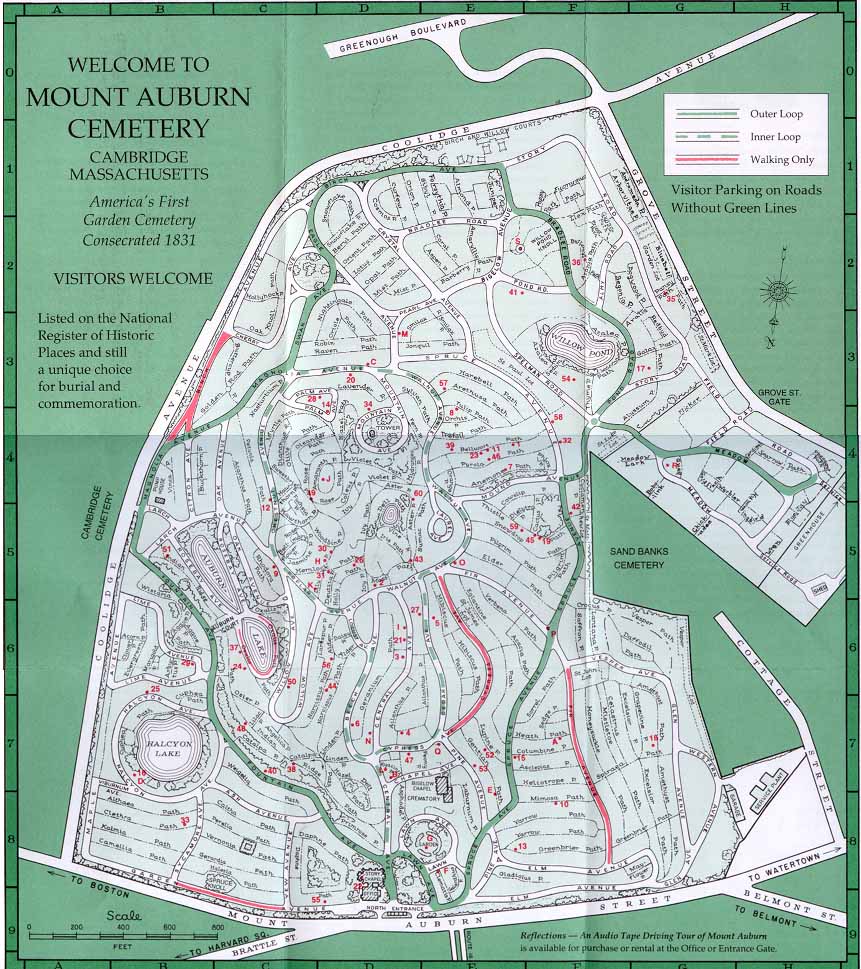Dr. Henry Murray
Fun Fact:
Ted Kaczynski, the Unabomber, who is serving life in prison for sending deadly mail bombs, won’t be able to attend his 50th reunion festivities at Harvard College. But he did contribute an embarrassing, yet accurate entry for the official alumni “Red Book” report for the Class of 1962.
The listing states his occupation as “Prisoner,’’ and under the awards section, the listing says, “Eight life sentences, issued by the United States District Court for the Eastern District of California, 1998.’’ Naturally under publications he lists his published manifesto titled “Technological Slavery.”
As far as Dr. Murray is concerned, after his experiments became public, Harvard felt the need to reward Henry with the title Emeritus Professor at Harvard and was further awarded the Distinguished Scientific Contribution Award from the American Psychological Association and Gold Medal Award for lifetime achievement from the American Psychological Foundation.
Cemetery Information:
Final Resting Place:
Mount Auburn Cemetery
580 Mt Auburn Street
Cambridge, Massachusetts, 02138
USA
North America
Map:

Grave Location:
Thistle Path, Lot 8072, Mausoleum 4, Space 1Grave Location Description
Drive through the cemetery and park on Mound Avenue at the entry point of Thistle Path. Walk 50 feet on the dirt path and look for the sign for Dielytra Path. The flat marker indicating the final resting place of Dr. Murray is located 4 spaces to the right of the Dielytra Path sign.



